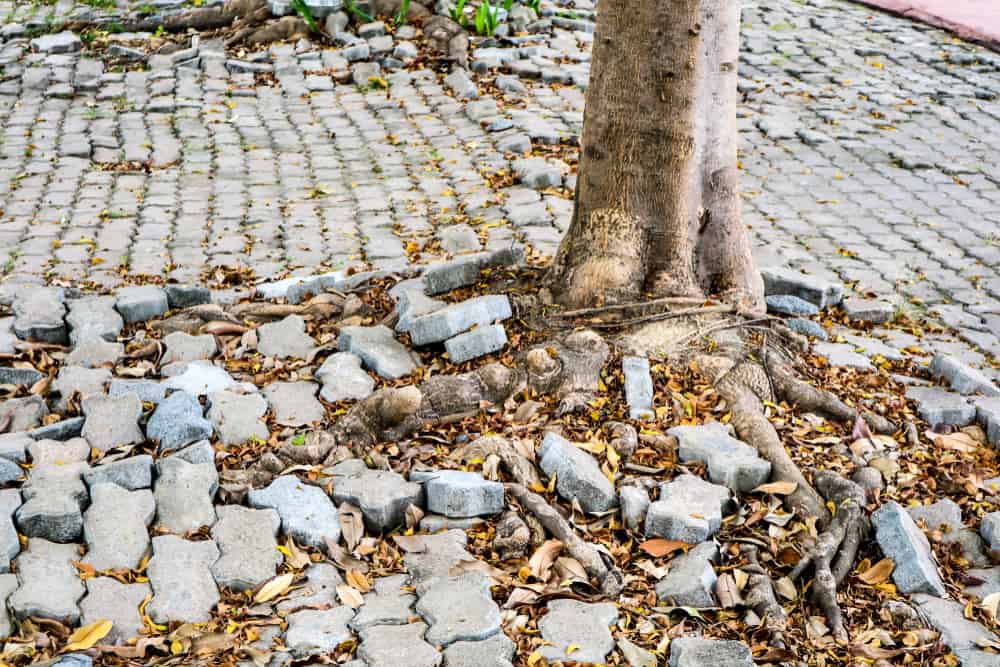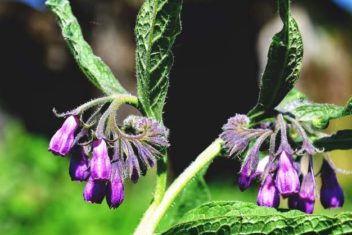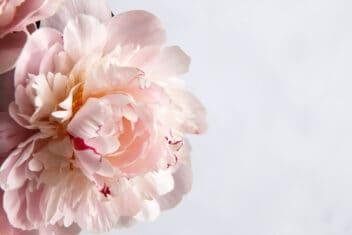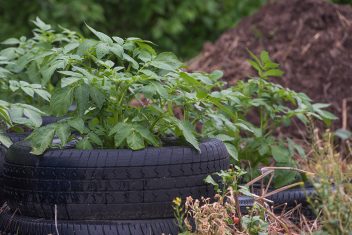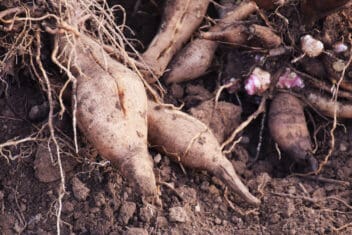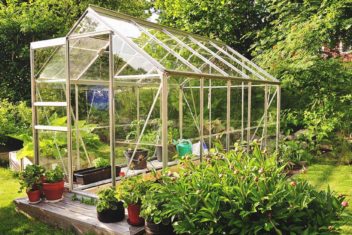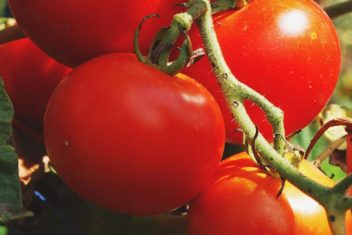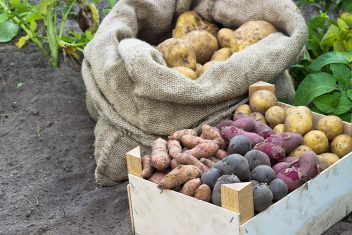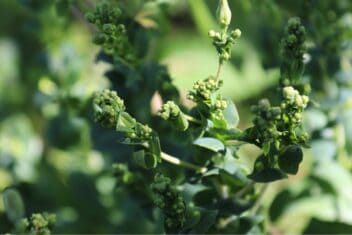We all love certain plants because of the way they look, their fragrance, or because they are useful in the kitchen. Sometimes though, those plants really aren’t good for the garden or yard due to their invasive root systems.
The roots of plants are incredibly strong, especially with some trees, and if they are prone to damaging our property, they can cost way more than we can imagine.
Often, the damage isn’t noticed until the roots reach the surface or break something, but they have been growing away wrecking things underground for a long time.
If you want to avoid destructive plants, let’s look at some of the worst.
What is an Invasive Root System?
Firstly, we’ll look at what exactly makes a root system invasive. This is not about self-seeding. Some plants have extensive root systems, but they don’t become invasive. Some root systems are deep, and others are closer to the surface, but they remain in close proximity to the plant, or they don’t have the strength to damage parts of your property.
Invasive root systems come into contact with and damage structures, foundations, swimming pools, fences, retaining walls, water pipes, and electrical lines.
Warning Signs You Have Invasive Roots
- Vertical cracks in walls.
- Buckling or raised areas in paths, concrete slabs, tiles, or cobblestones.
- Clogged drains, water not flowing down drains quickly, or changes in water pressure for no reason.
- Ground disturbance or exposed roots around plants.
- Plants appear all over the place, originating from one plant.
- When you constantly remove a plant, it easily and swiftly regrows all the time.
Sometimes invasive roots cause damage, while other times it may be that the plant spreads or prevents other plants from growing around or near it.
Plants That Have Invasive Root Systems
1. Yucca
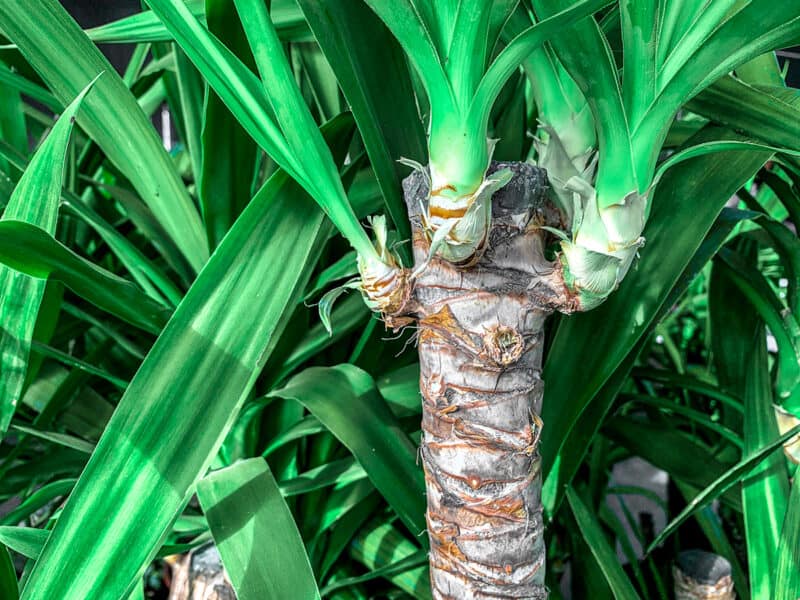
Yucca (Asparagaceae family) is a trendy plant that fills warm gardens with its classic, simple shape. It’s best planted away from structures because the roots are strong and can push through solid material.
Yucca plants have a long, solid tap root that searches downwards for water sources. They also have fibrous roots that spread out, looking for water. They can invade water pipes, and pools, and even push through concrete.
Plant yucca away from structures, and water pipes, or contain it in pots. Just make sure the taproot doesn’t grow out of the drainage hole and into the earth.
2. Ficus Tree
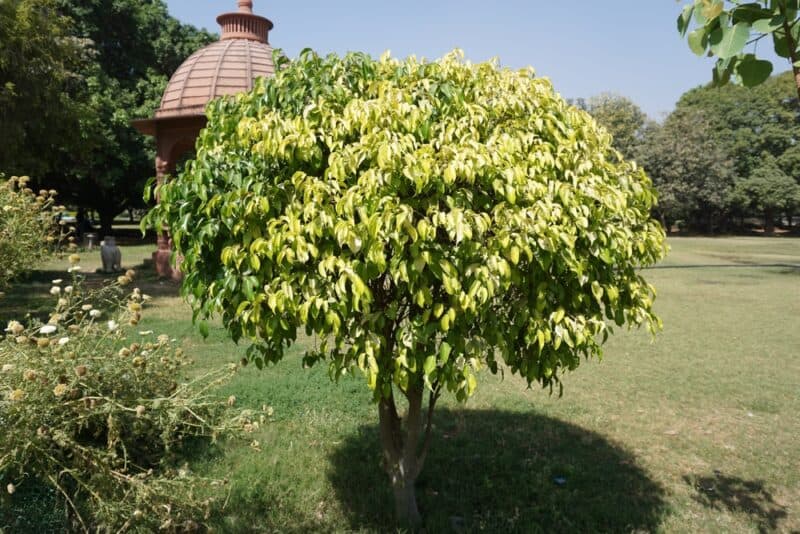
The ficus tree (Ficus spp.) gained popularity as a landscaping tree due to it being an evergreen that was easy to grow and maintain. It also looks good.
But the ficus tree root system is very invasive, and if you plant it close to paths, driveways, buildings, or underground utilities, it will cause a lot of damage.
You can still have a ficus tree if you carefully plant it well away from anything it can damage, especially if you have a large property. You can also purchase and install a root barrier between any potential damage point and the tree when the roots are mature.
If you really like ficus trees, they do look good shaped into balls in containers by your front door.
3. Jacaranda Tree
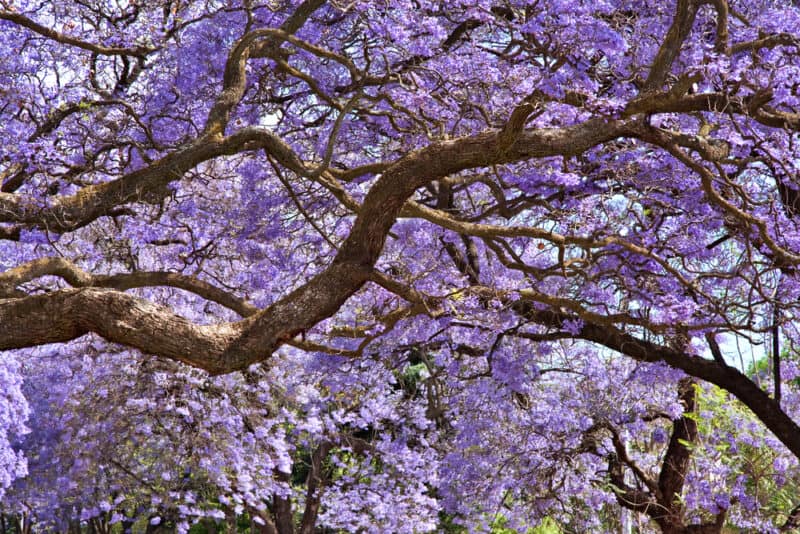
The Jacaranda tree (Jacaranda spp.) has a very vigorous root system. The upper sections of the system take up about the first 25 inches of the soil. The whole root system can extend twice as wide as the canopy.
As beautiful as these trees can be, think twice about where you plant one. They can grow massive, and underground, the root system reaches twice that size.
4. Gum Tree (Eucalyptus)
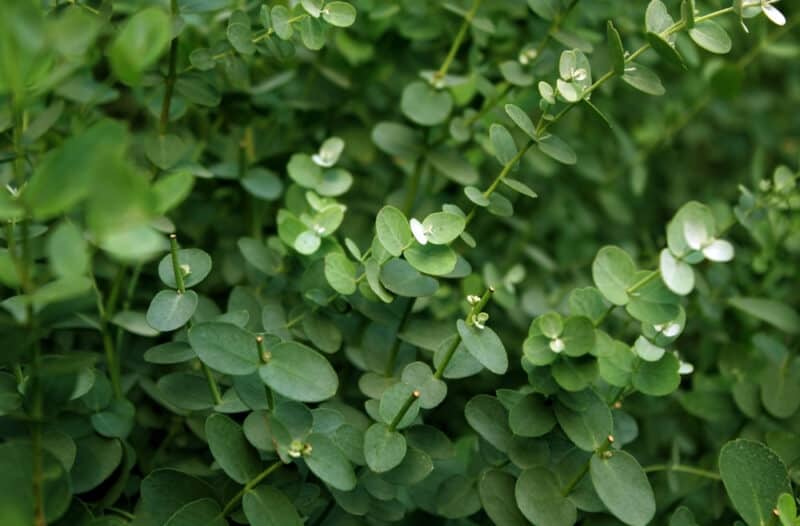
You will be familiar with this Australian classic (Eucalyptus spp.) if you live in or have visited California. The root system is both damaging and large. The main tap root can grow down as deep as six feet.
The remaining 90 percent of the root system is in the first 12 inches of soil. This means to be stable, the tree grows these shallow roots out very wide, and they are known to spread out from the base of the tree up to 100 feet away.
This makes the root system potentially damaging if planted near buildings, infrastructure, or even other plants.
5. Magnolia
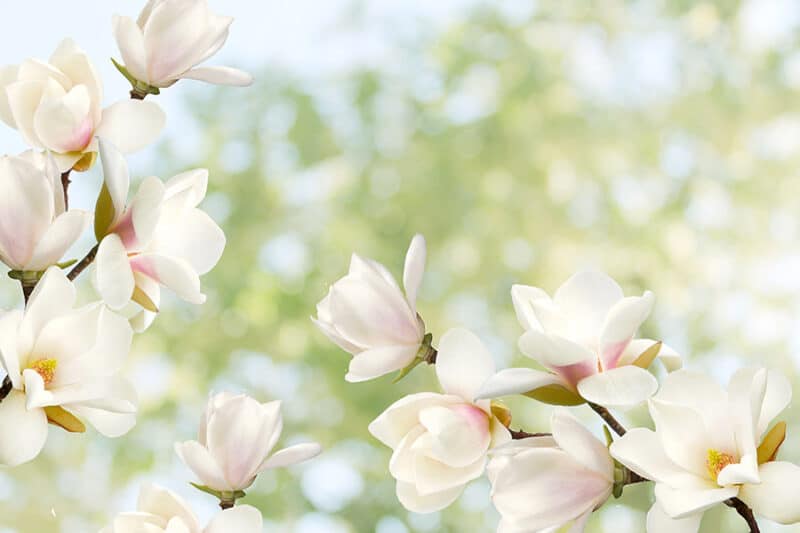
Although not as invasive as some on this list, if you plant magnolias (Magnolia spp.) too close to your house, sheds, or barns, they can become a problem.
Magnolia trees generally have to be about 15 feet tall before their roots become an issue, but they also prevent other plants from growing around them due to the mass of shallow roots.
Plant magnolia at least five feet away from paths and 30 feet from buildings.
6. Silver Maple
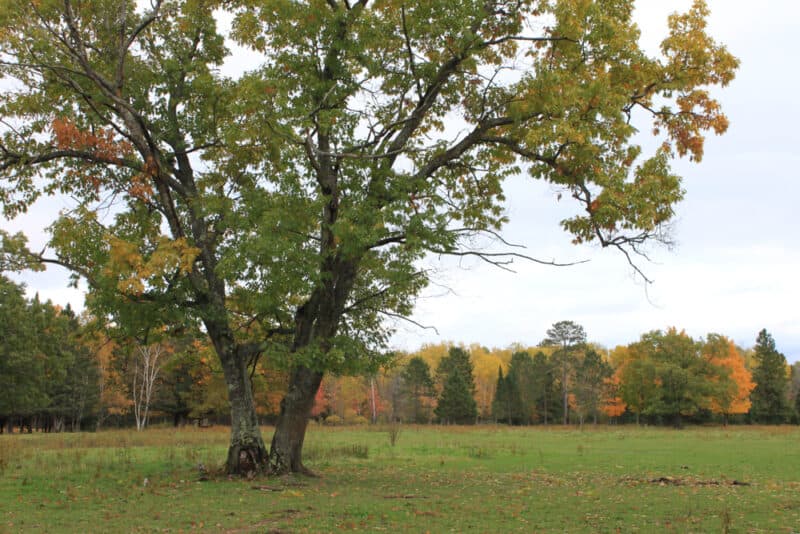
Some maples, like sugar maple (A. saccharum) and red maple (A. rubrum), aren’t known for invasive roots. Silver maple (A. saccharinum), however, is known to damage foundations and anything underground that the spreading roots come across.
Plant silver maple at least 100 feet from your house, barn, or outbuildings.
7. Sycamore
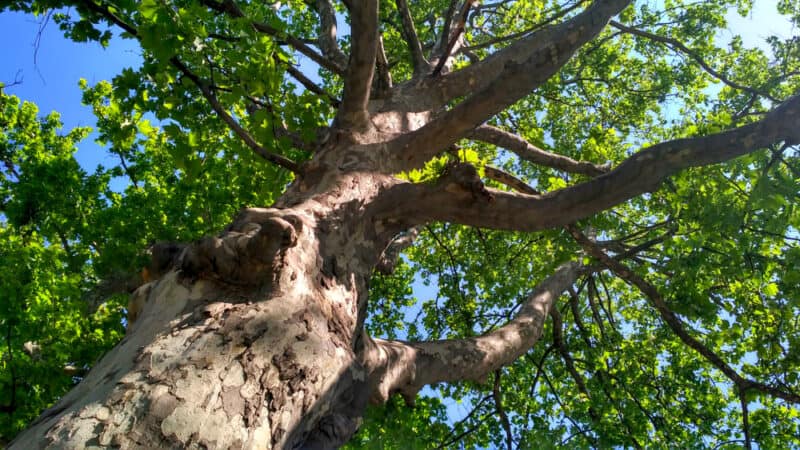
Like many of the root systems in this list, the sycamore maple (Acer pseudoplatanus) doesn’t have deep roots, but they spread wide, causing damage to paths and buildings.
The roots are normally in the first six feet of soil, but spread past the dripline, making them an issue if planted in the wrong location.
Plant at least 12 feet from a path or driveway, and 25 feet from a building.
8. Mulberry
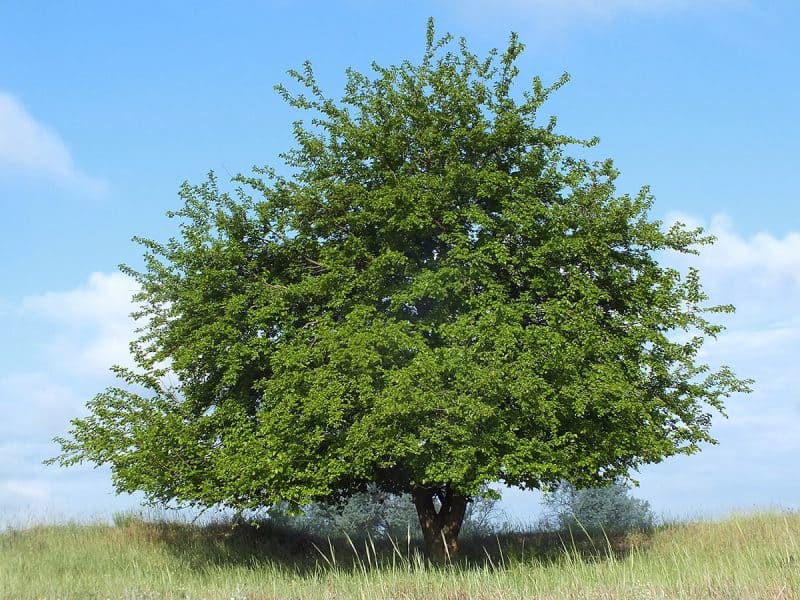
Many people plant mulberry trees (Morus spp.) because they grow quickly. If you have one near a water pipe with even the slightest leak, the mulberry tree will find it and puncture it.
Mulberry tree roots won’t damage the foundations of buildings but will weaken the soil around those foundations, causing stability issues.
9. American Elm
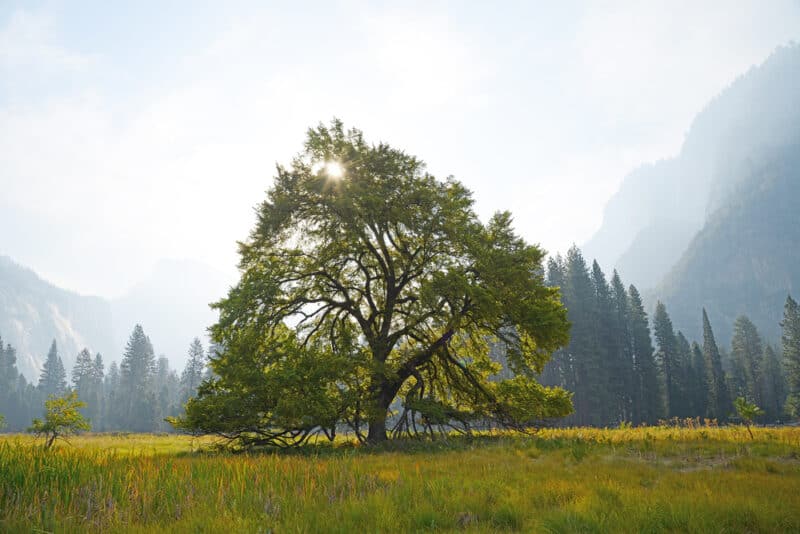
This tree (Ulmus spp.) has a shallow root system, and though it doesn’t always have invasive roots, there are circumstances where it does.
When the tree is older and bigger, it has been known to invade sewer pipes in its search for moisture. Plant away from driveways and paths as they will get damaged if they are between the tree and a water source, like pipes or a water tank on your homestead.
10. Poplar
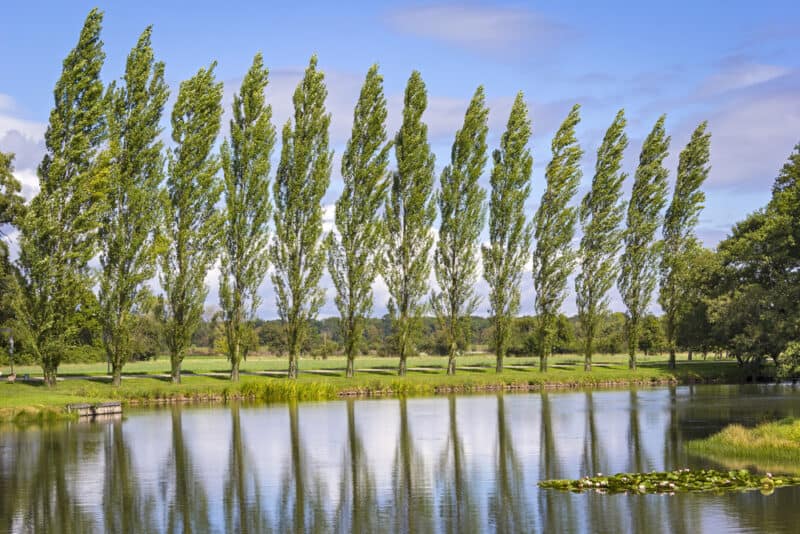
Poplars (Populus spp.) and their hybrids are fast growers, making them a popular choice for landscaping. They can grow up to 150 feet high with large canopies. The roots can grow out up to two or even three times the height.
The roots can impact the foundations of buildings but are more likely to head for moisture sources such as water and sewer pipes.
11. Mint
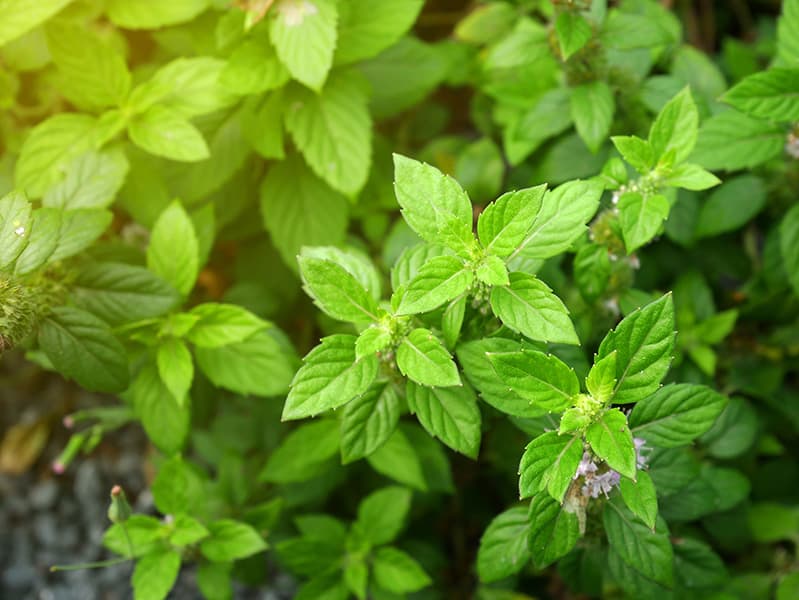
You may think how did we get to mint after talking about 150-foot trees? Mint (Mentha spp.) has invasive roots that spread under the ground and pop up everywhere. Once you plant mint, you generally have it forever.
Although it doesn’t affect buildings or pipes, it can take over an area preventing other plants from growing.
Plant mint in pots that you can place on top of the garden, or in containers that you can bury to prevent the spread.
12. Bamboo
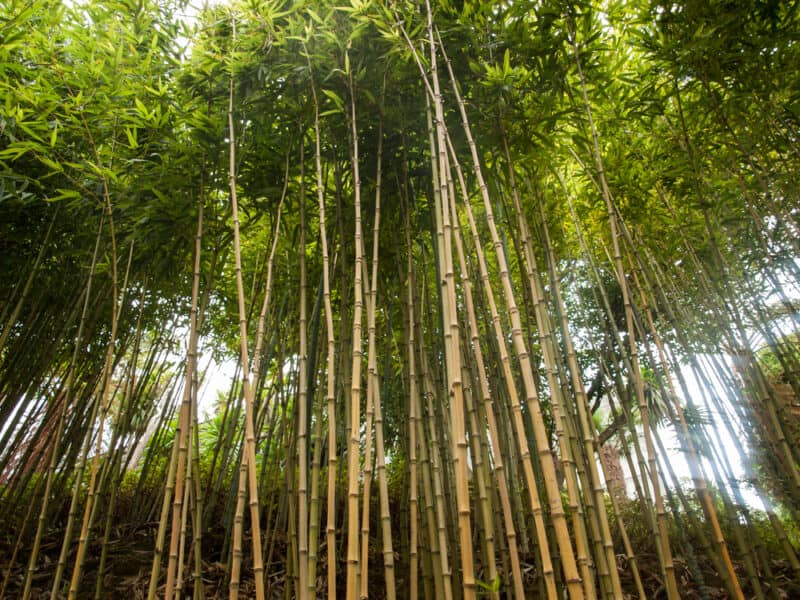
Bamboo (Bambusoideae subfamily) is a popular landscaping plant and is popular among many gardeners. You can successfully keep it contained by using root barriers and choosing varieties that don’t send their roots out far.
Clumping types generally remain compact. Running types of bamboo can cause havoc with its root system.
Rhizomes can extend 30 feet from the plant and damage foundations, paths, patios, and drains.
If you want bamboo, consider planting it in large containers with root barriers specific to bamboo roots.
13. Bellflower
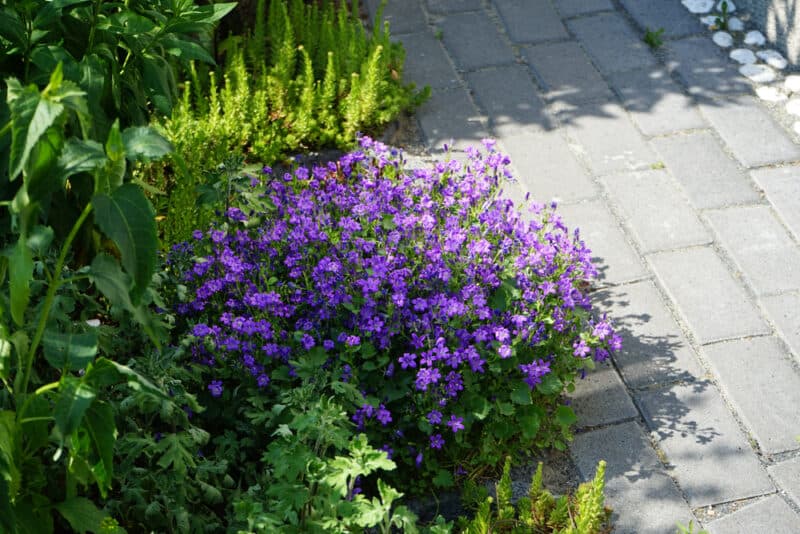
Because it’s such a delicate-looking plant, Bellflower (Campanula spp.) will surprise you when it pushes up through asphalt.
Spread by underground rhizomes, it will pop up everywhere, so plant it in containers.
14. Obedient Plant
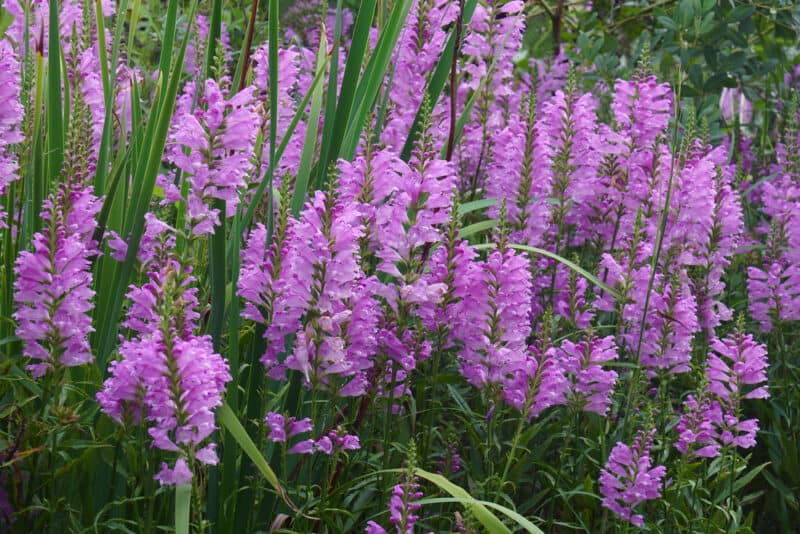
If only the obedient plant (Physostegia virginiana) lived up to its name. Maybe it was named sarcastically? It spreads by fibrous roots and rhizomes. It can pop up anywhere in your garden long after you thought you removed it all.
Like other plants that spread through aggressive rhizomes, consider planting in containers.
15. Bee Balm
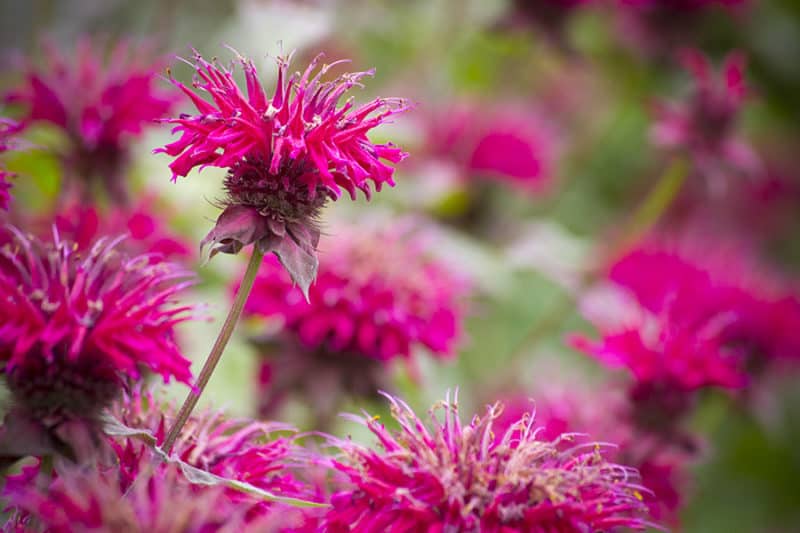
Bee balm (Monarda spp.) is becoming increasingly popular in gardens worldwide, but it is also a plant that spreads by its roots and rhizomes all over your yard and garden.
Its roots tend to extend a long way from the plant and pop up in random places. It’s related to mint, so that shouldn’t come as too much of a surprise.
Bee balm grows in clumps, but don’t be fooled into thinking it is compact. New plants will grow in clumps, all the while sending rhizomes in all directions.
The mother plant eventually dies, and you have many new plants popping up where you never intended to plant them.
Using Plants with Invasive Roots
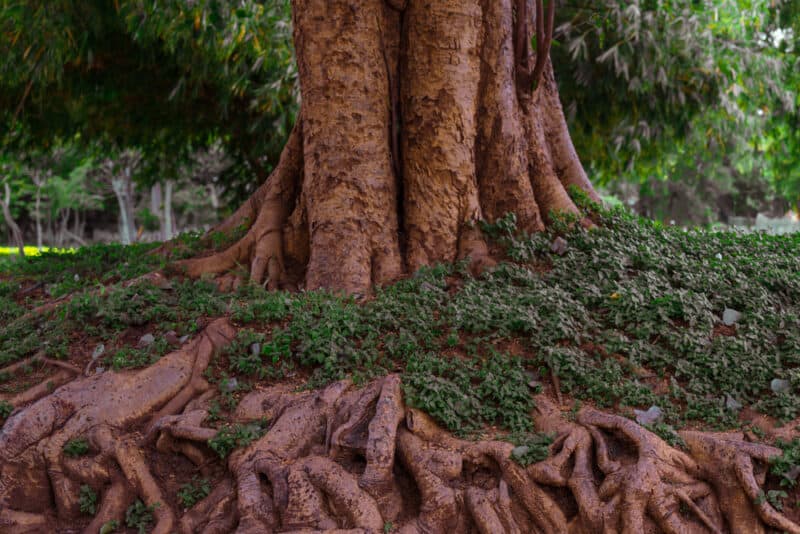
Don’t be scared to use any of the plants listed in this article. They are all wonderful, attractive plants that look good in any landscape.
Just make sure you consider where you plant them, and if there will be consequences from spreading roots or rhizomes.
If you have a large property, plant away from your buildings and underground services.
If you plant in a smaller area, be aware of the spread of roots and how big the plant will grow over time.
